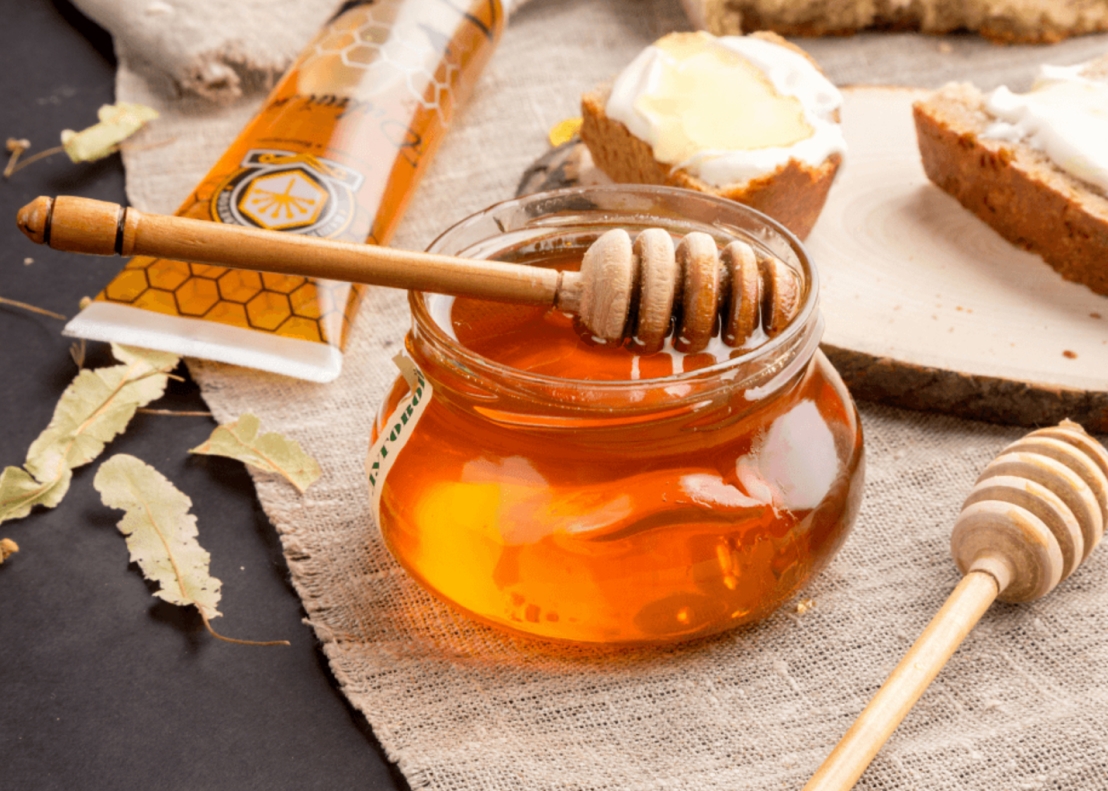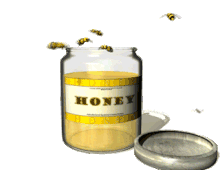A Comprehensive Review of the Effect of Honey on Human Health

Abstract
Honey is a nutritious, healthy, and natural food, to which antioxidant, anti-inflammatory, and antimicrobial properties have been attributed, mainly due to its content of phenolic compounds. The aim of this review is to analyze the available evidence of the effect of honey on humans. Forty-eight clinical trials published between 1985 and 2022 were analyzed, with a total of 3655 subjects. More beneficial effects of honey intake than no or negative effects on different cardiovascular and metabolic risk factors, glucose tolerance, mucositis caused by chemo-radiotherapy, cough in children and wound healing, among others have been observed. Although the number of studies conducted to date is limited and the different investigations are not standardized, beneficial effects of honey intake have been observed, especially when its intake replaces the intake of other sweeteners. In addition, honey could be a safe adjuvant to be administered alongside drugs used for certain diseases.
1. Introduction
Honey is a natural substance produced by honey bees (Apis mellifera). They collect flower nectar, plant secretions or excretions of plant-sucking insects from plants and transform it into honey [1]. Worldwide, 1779.6 metric tons of honey are produced, and the market value of honey is expected to grow by 2028 [2]. China produces almost 28% of the world’s honey, followed by Turkey (5.9%), Iran (4.5%), the United States (4.1%), and India (3.5%) [3]. The main exporters of honey are China, New Zealand, Argentina, Germany, Ukraine, India, and Spain while the United States, Germany, Japan, France, the United Kingdom, Italy, and China lead the import [3].
Honey is considered a nutritious, healthy, and natural food, whose composition is highly variable depending on its botanical and geographical origin [4]. It is mainly composed of a mixture of different sugars (80–85%), water 15–17%, and proteins (0.1–0.4%) [5], but it also contains enzymes, organic acids, vitamins, minerals, and phenolic compounds to a lesser extent, which contribute greatly to its sensory and functional characteristics [5]. The color can range from white to brown and is largely determined by the presence of phenolic compounds and minerals [5]. Honey is classified according to its botanical origin as monofloral—when it is produced from the nectar or honeydew of a single botanical species or if its presence is predominant and multifloral—when it comes from more than one botanical species [6]. Antioxidant, anti-inflammatory, antibacterial, and antiviral properties have been linked to honey intake which has contributed to increasing the interest in this food [4]. Despite the fact that bioactive compounds implicated in those effects have not been fully elucidated, the beneficial effects of honey on human health have been attributed to its content of phenolic compounds [7]. Phenolic compounds are synthesized by plants under normal and stress conditions [8] and have several functions, such as attracting insects for pollination and protecting against pathogens and ultraviolet radiation, among others [9]. They are characterized for having one or more aromatic rings with one or more hydroxyl groups. Its content varies depending on the variety, origin, agronomic and storage conditions, harvest time, and climate [10]. In fact, recent research reported that values of total phenolic content (TPC) from different honeys ranged between 0.65 ± 0.42 and 84.17 ± 30.40 mg/100 g [11]. Among them, the majority of the characteristics are flavonoids and phenolic acids. In this regard, Figure 1 shows the main phenolic compounds characterized in honey. Phenolic compounds, in addition to being considered as bioactive compounds, can act as biomarkers of honey origin or adulteration [1].




Comments : 0